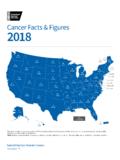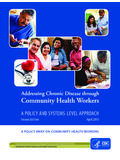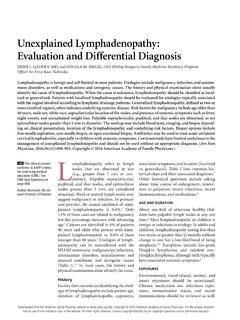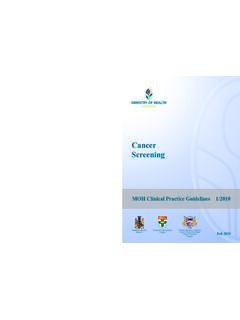Breast Cervical And Colorectal Cancers
Found 6 free book(s)National Population Health Survey 2019
www.moh.gov.sg• Screening rates for breast, cervical and colorectal cancers improved in 2019 but the population coverage can be further increased. Breast cancer screening rate showed the biggest improvement from 30.9% in 2017 to 38.7% in 2019 followed by colorectal cancer screening from 35.0% in 2017 to 42.0% in 2019. The screening rate for cervical
Cancer Facts & Figures 2018
www.cancer.orgScreening can help prevent colorectal and cervical cancers by allowing for the detection and removal of precancerous lesions. Screening also offers the opportunity to detect some cancers early, when treatment is more likely to be successful. Screening is known to help reduce mortality for cancers of the breast, colon, rectum, cervix, and lung
A POLICY BRIEF ON COMMUNITY HEALTH WORKERS
www.cdc.govcancer care for diagnosis and treatment of breast, cervical, colorectal, and prostate cancers. 16 • A Colorectal Cancer Male Navigation Program designed for Hispanic men showed an increase in life expectancy by six months for participant as com-pared to non-participants with a health care savings of $1,148 per program participant. 17
Unexplained Lymphadenopathy: Evaluation and …
www.aafp.orgDec 01, 2016 · cervical lymphadenitis, especially in children with systemic symptoms. ... age.1 Cancers are identified in 4% of patients ... Breast, lung, …
Cancer Screening MOH 140510
www.moh.gov.sgapproximately 28% of the total number of deaths. Colorectal cancer (Age-standardised rate, ASR 40.2 per 100 000 per year) and breast cancer (ASR 57.1 per 100 000 per year) are the most common cancers among males and females respectively. Guidance on cancer screening was previously covered in the
30 Health Assessment - Pearson
www.pearson.com• Clinical breast examination every 3 years from ages 20 to 40, and then annually beginning at age 40. • Mammogram annually at age 40 and over. CERVICAL AND UTERINE CANCER (FEMALES) • For women ages 21 to 29, screening every 3 years with Pap tests. • For women ages 30 to 65, screening every 5 years with both HPV





